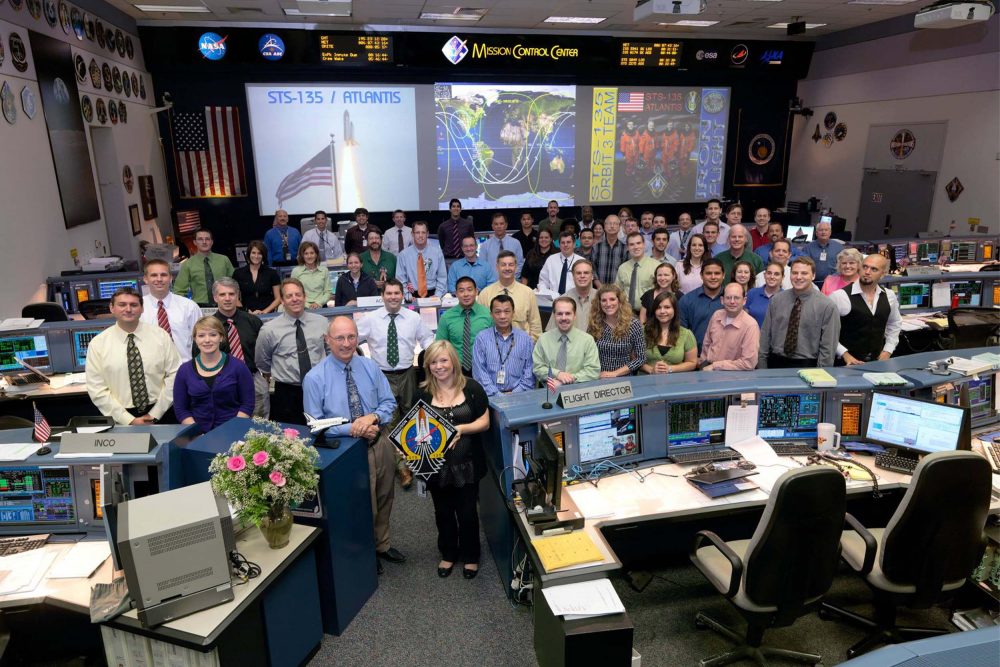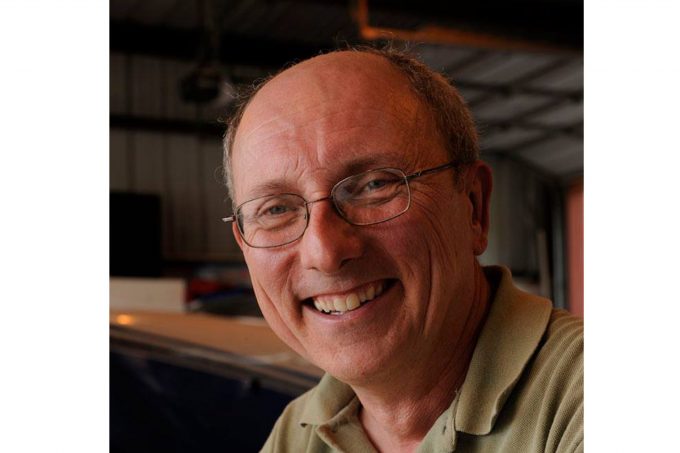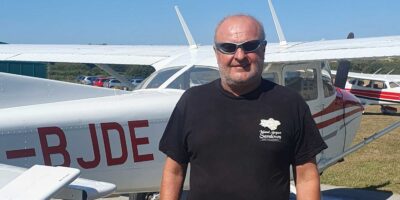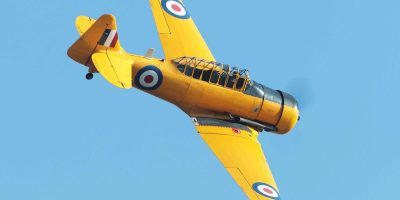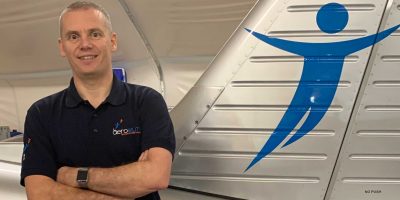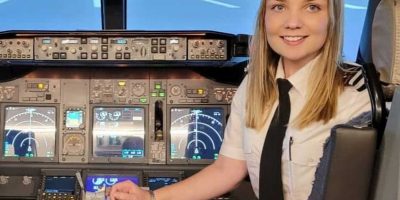Did any lessons from that work carry over into your flying?
Definitely. At work, we had a theory that the first answer is always wrong, so you shouldn’t do the right thing too early. This works in aircraft too. Flying a Grumman Yankee home after visiting my parents 30 years ago, I was in clouds climbing at 9,000ft when suddenly I heard a huge bang behind me. I thought I’d lost the engine or blown a cylinder, so I pushed the nose over. However, my instruments indicated all was OK. What happened was that the little Mylar Happy Birthday balloon my mother gave me had exploded…
I also learned about mitigating risks. Flying is risky. With the space shuttle you’re dealing with a national asset and the crews’ lives, so you don’t want any unknown risks. It’s OK to take risks, but they have to be smart. It’s the same in aviation – wondering which aircraft to fly to Columbia (California), I consider the mountainous terrain I have to cross, extremely rugged with nowhere to land in case of trouble. So I take the jet, which has a parachute.
You’re a prolific homebuilder. How many aircraft have you completed?
With my wife, also a pilot and homebuilder, we’ve five finished aircraft and are working on the sixth, a Xenos motor glider.
We have an RV-3, RV-6, RV-8, Dream Tundra and a SubSonex jet. Currently, the jet is my darling. Last year I flew it to Oshkosh, which took two days and eight field stops.
In this world, there are builders and pilots, I’m both. The first flight in an aircraft you’ve built is exciting. It’s the pinnacle of a lot of work. You’re so well prepared that hopefully the flight itself is straightforward, but there’s a huge subjective part which makes it memorable.
What do you love most about flying?
Apart from the speed and the freedom to manoeuvre in three dimensions, it’s the ability to look over the Earth. Flying is also about exploring. Especially in experimental aviation, it’s always pushing the edges of what humans know.




